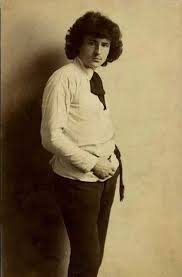
1888 - 1965
Nikolay Gushin
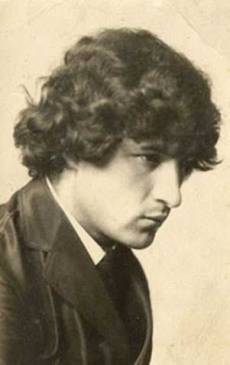
description
Russian artist, restorer and teacher Nikolai Gushin received recognition as an author of landscapes, still lifes and plot compositions, draftsman.
He was born into a poor family of a village teacher in the village of Taloklyuchinsky Vyatka province. He spent his childhood and youth in provincial Perm’, where the family had moved. In 1908-1910, simultaneously with studying at the Bekhterevsky Psychoneurological Institute (general education department, St. Petersburg), Gushin was a student of Ya. S. Goldblatt, visited his preparatory classes of painting and drawing.
Not betraying his style of the symbolism of images, he painted ordered portraits, which were liked by the public and willingly bought by art collectors. The artist participated in the Paris Salons, exhibited his paintings at the Royal Academy of London, in the cities of Germany and the United States. An active organizer of the art school in Saratov and the first creative association of the Prikamye “Union of Free Artists”. Gushin’s works are exhibited at the city museums of Paris and Grenoble, Monte Carlo and Nice, but the largest collection belongs to the Saratov Art Museum.
Key ideas:
– Among the stylistic features of the plastic language of Nikolay Gushin, there is a rare for the twentieth century connection to a classically bright, fairly clear picture with a loose feeling in the choice of color and light-tone solutions. At the same time, the texture of painting, especially in the works of the last Russian period, is extremely rich. The expressively pasty smear of Gushin often coexists with almost perfectly smooth.
– His landscapes are more homogeneous in texture than compositions and portraits. The colors are intense, even forced, and every centimeter of the image contains a large number of shades.
– The European press has repeatedly emphasized the identity of the artist, who was able to form his own style, which combines the depth of the meaning of Symbolism, the sophistication of Art Nouveau with the brightness of Fauvism and the powerful energy of Expressionism. The painting of Nikolai Mikhailovich has, therefore, that fullness of tone, which is characteristic of exceptionally famous artists.
– The romantic symbolism of Gushin is distinguished by its seriousness; it is devoid of theatricality, naivety, and irony and is always combined with a high technique of painting. It is the combination of meanings with the virtuosity of the brush – the style of the work of Gushin.
– As the basis of color solutions, the master, as a rule, chose dark and light blue shades of two elements – air and water. Such a mystical interpretation of blue is typical for Symbolists in general. And for N. Gushin with his musical and literary analogies, this is a manifestation of the arch-integral concept in its philosophical and aesthetic components.
1888
1908 - 1910
1910
1917 - 1918
1919
1922
1925 - 1930
1934
1941
1947
1961
1965
The birth of the artist
Was a student of Ya. S. Goldblatt
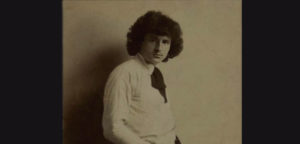
Entered the Moscow School of Painting, Sculpture and Architecture
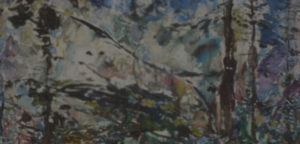
He taught painting at the Perm Academy of Fine Arts
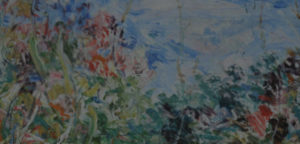
Left for China
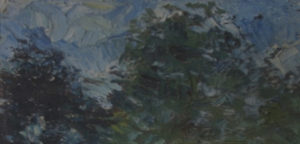
Moved to Paris
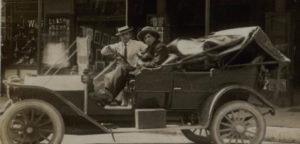
Was awarded the Gold Medal
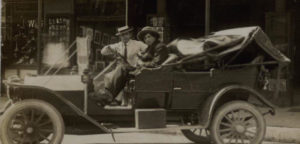
Moved to Monaco
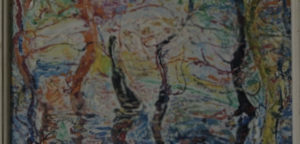
He was a member of the French Resistance
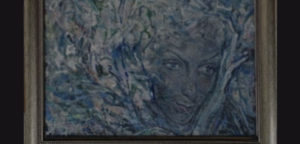
Returned to Russia
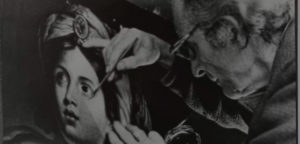
The portrait of Mahatma Gandhi was given
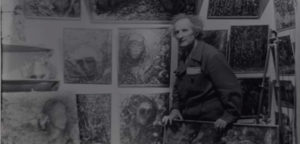
The death
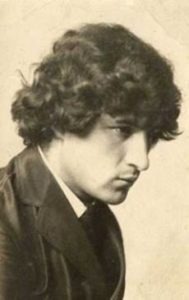
Nikolay Gushin
On Artist
flow
Symbolism
Impressionism
friends
David Burliuk
Vladimir Mayakovsky
artists
Henri Matisse
Paul Cezanne
Pablo Picasso
Goldblat Yakov Semenovich
Konstantin Korovin
Valentin Serov
Sergey Vasilyevich Malyutin
By Artist
flow
Modernism
Abstractionism
friends
Mikhail Arzhanov
Victor Fedorovich Chudin
Vladimir Alekseevich Solyanov
Lyudmila Pererezova
